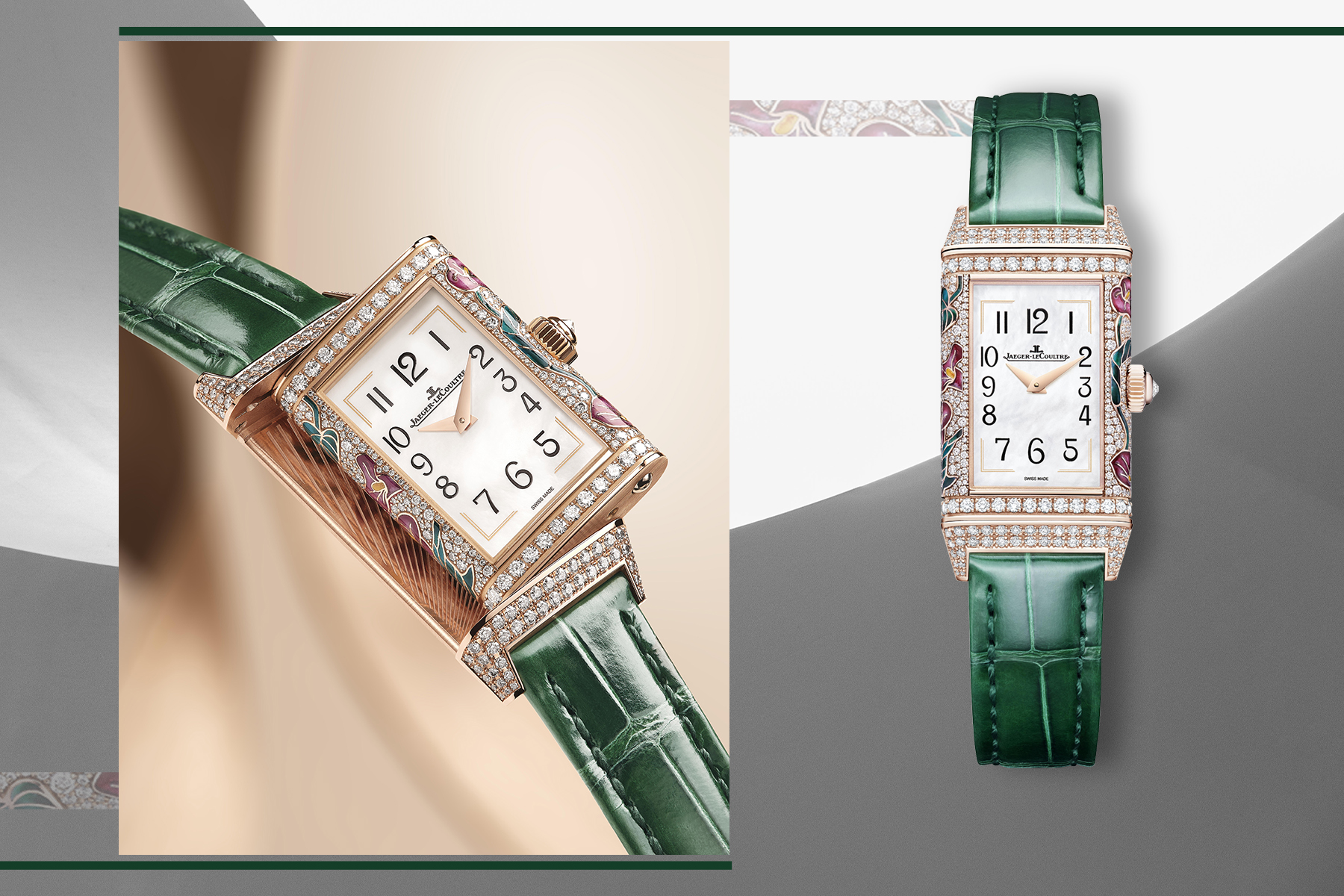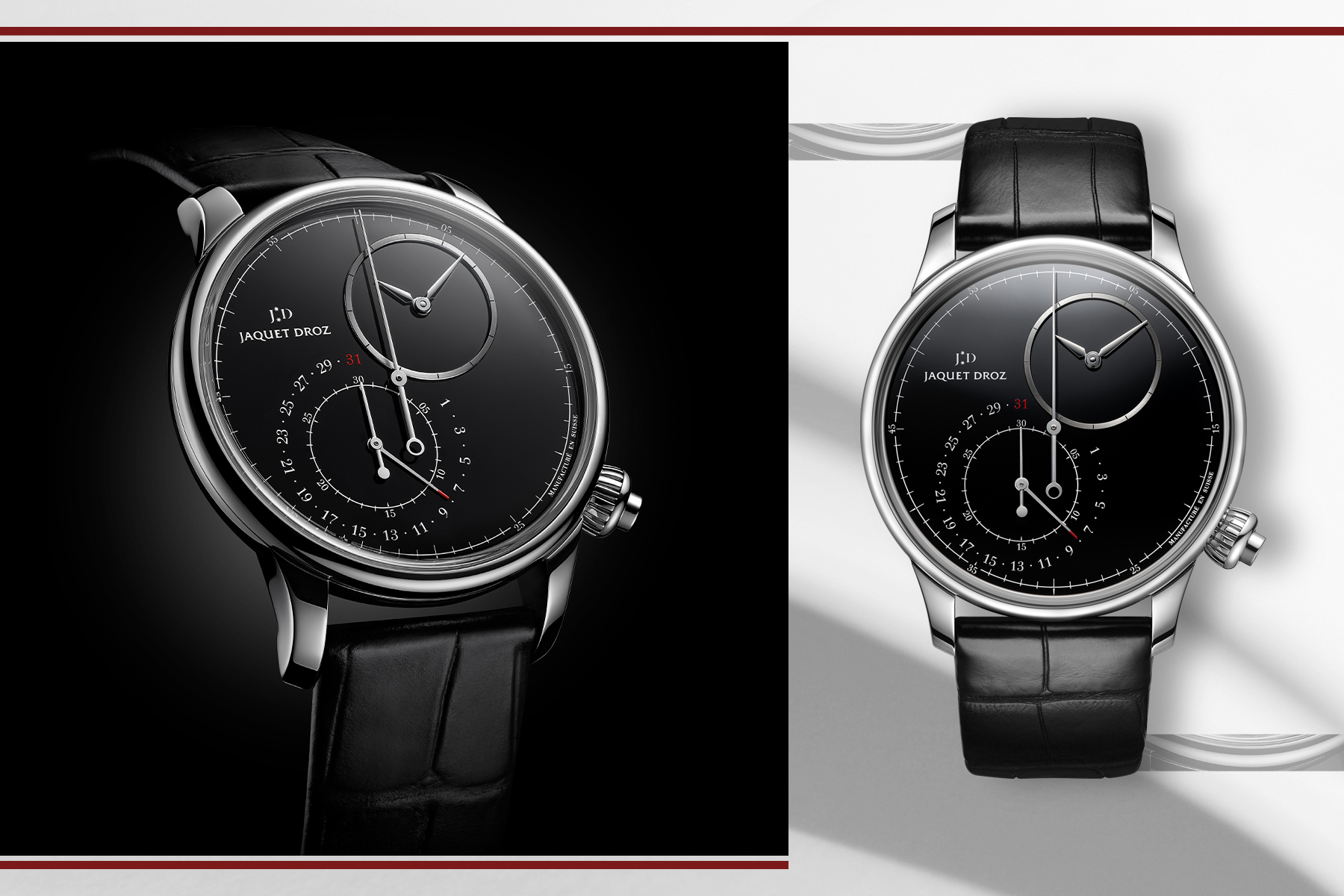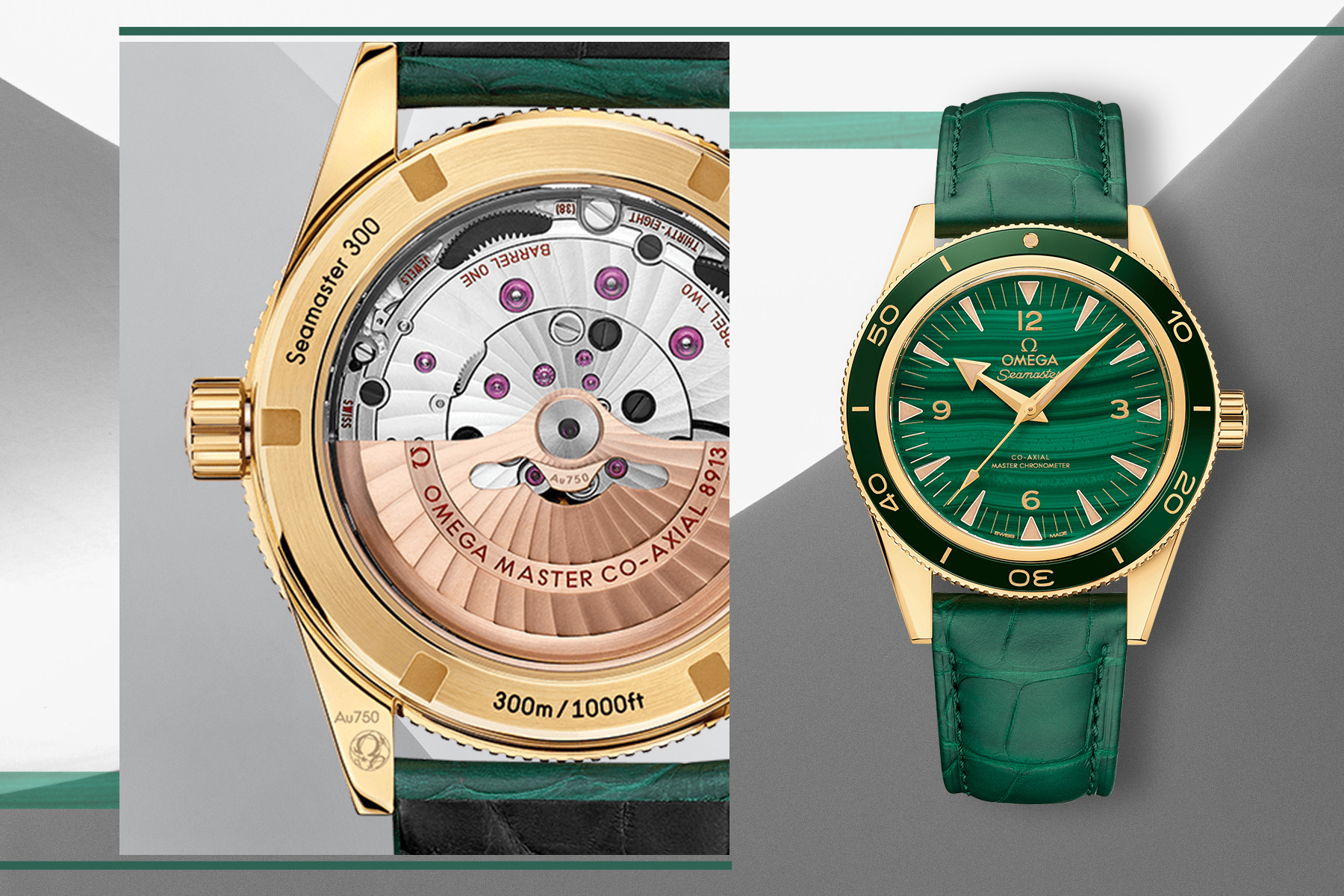The beauty of randomness makes mineral dials the perfect counterpoint to watchmaking’s regularity.
The dial is quite literally the face of any watch, and its functional and decorative elements are what give a timepiece its character. It’s thus of little surprise that dials are produced in a myriad different ways to create specific aesthetics. They include marquetry, galvanisation, guilloché, lacquering, engraving, and gem-setting – just to name a few. A watch may even forgo its dial entirely by opting for skeletonisation instead.
Despite their varied processes, these treatments share a common theme: the finished products are generally consistent from one copy to the next, not unlike the very movements that are fitted in the same cases. To create truly unique faces in a watch requires some help from nature, in the form of mineral dials. As works of nature, minerals are truly random, and no two dials created from any mineral will ever be alike. A watch’s owner can thus be assured that their timepiece is a piece unique through and through.
Using minerals as dials does present several challenges though. For a start, sourcing for suitable specimens to produce dials with can be a Herculean task, which precludes many rarer minerals from being offered in regular collections. Instead, specific watch models sporting such dials are often produced in limited quantities. To create a dial out of a mineral is also a technical challenge; the process of cutting a thin slice of a mineral out before shaping and polishing it is fraught with danger, given how brittle the product is. These difficulties explain why mineral dials are so rare despite their beauty and perennial popularity.
Mother of Pearl

Reverso One Precious Flowers Purple Arums watch, Jaeger-LeCoultre
Nacre, better known as mother of pearl, is a composite material produced by some mollusc species on the inner surfaces of their shells. When polished, mother of pearl shows off an iridescent surface that plays with light differently depending on the angle that one views it. The material is fairly commonly used in watch dials, which has prompted some brands to innovate on its application. One frequently used “alteration” is to simply paint over the dial to give its iridescence a different hue. Other treatments include engraving it to create a specific texture or faceted surfaces that further play with light.
Meteorite

Oyster Perpetual Cosmograph Daytona, Rolex
Contrary to popular belief, meteorites aren’t rare – they fall to the earth’s surface daily, after all. Suitable specimens for watchmaking are, however, more difficult to procure given the size requirements. The ones that are used are almost always iron-nickel meteorites bearing the angular Widmanstätten patterns, which are formed by the slow cooling of suitable iron-nickel alloys in space. Because this cooling process must take place over thousands of years, a meteorite’s Widmanstätten patterns cannot be artificially produced on earth.
Marble

Monsieur de Chanel Marble Edition watch, Chanel
Marble is technically a metamorphic rock and not a mineral. As various sedimentary rocks undergo metamorphosis to produce marble, it does not have a uniform look. Instead, the colour, grain size, and transparency of any specific marble depends on its place of origin.
Opal

Limelight Gala High Jewellery Black Opal, Piaget
Like marble, opals are as varied as they come. This mineral’s surface can look flat, display iridescence, or even appear to be on fire. What’s more, opal is available in nearly every colour of the spectrum – the exact value of any specimen thus depends on its rarity. The most sought after variant is black opal, seen here in shades of blue and green.
Tiger’s Eye

Endeavour Tourbillon Concept Tiger’s Eye, H. Moser & Cie
Tiger’s Eye is a patterned variety of quartz, with the striations formed by alternating layers of quartz and amphibole, a type of mineral. Interestingly, although this banding is randomly produced by natural processes, it is not too difficult to find pieces of Tiger Eye with seemingly symmetrical patterns. This property makes for a strong visual statement when the mineral is used to create a watch dial. Banding aside, the interplay between the fibres of amphibole and quartz also lend the mineral an iridescent effect that brings it to life.
The mineral dials featured above belong to timepieces from 2021, but are far from an exhaustive demonstration of the options that are available. Here are some natural dials that have previously been offered by watchmakers.
Onyx

Grande Seconde Off-Centered Chronograph Black Onyx, Jaquet Droz
By its definition, onyx is a banded variety of chalcedony and typically comes in either black or red. Watchmakers have, however, overwhelmingly opted to use pure black specimens when producing dials with this mineral. The result is a deep black backdrop upon which other elements on a dial, such as its indices, appear to jump out from.
Malachite

Seamaster 300, Omega
Malachite is prized for its deep, intense shades of green, as well as its intricate banding patterns. The chemical makeup of this mineral is fairly consistent, which translates to hues that are uniform across samples – matching one’s malachite jewellery with a watch bearing the same dial is thus a cinch.
Lapis Lazuli

Divas’ Dream watch, Bvlgari
Lapis lazuli has an intense blue that made it highly sought after in antiquity by artists and jewellers alike. Today, this semi-precious stone continues to see widespread usage thanks to its hue, as well as its ability to take on a high polish. Used in a watch, the mineral is unmistakable, and lends the timepiece a stately, sophisticated presence.
Images courtesy of respective brands featured, artwork by Curatedition. All rights reserved.
Related Links:
Watches & Wonders 2021: Got to Have It Green
Understanding the Luxury Steel Sports Watch

